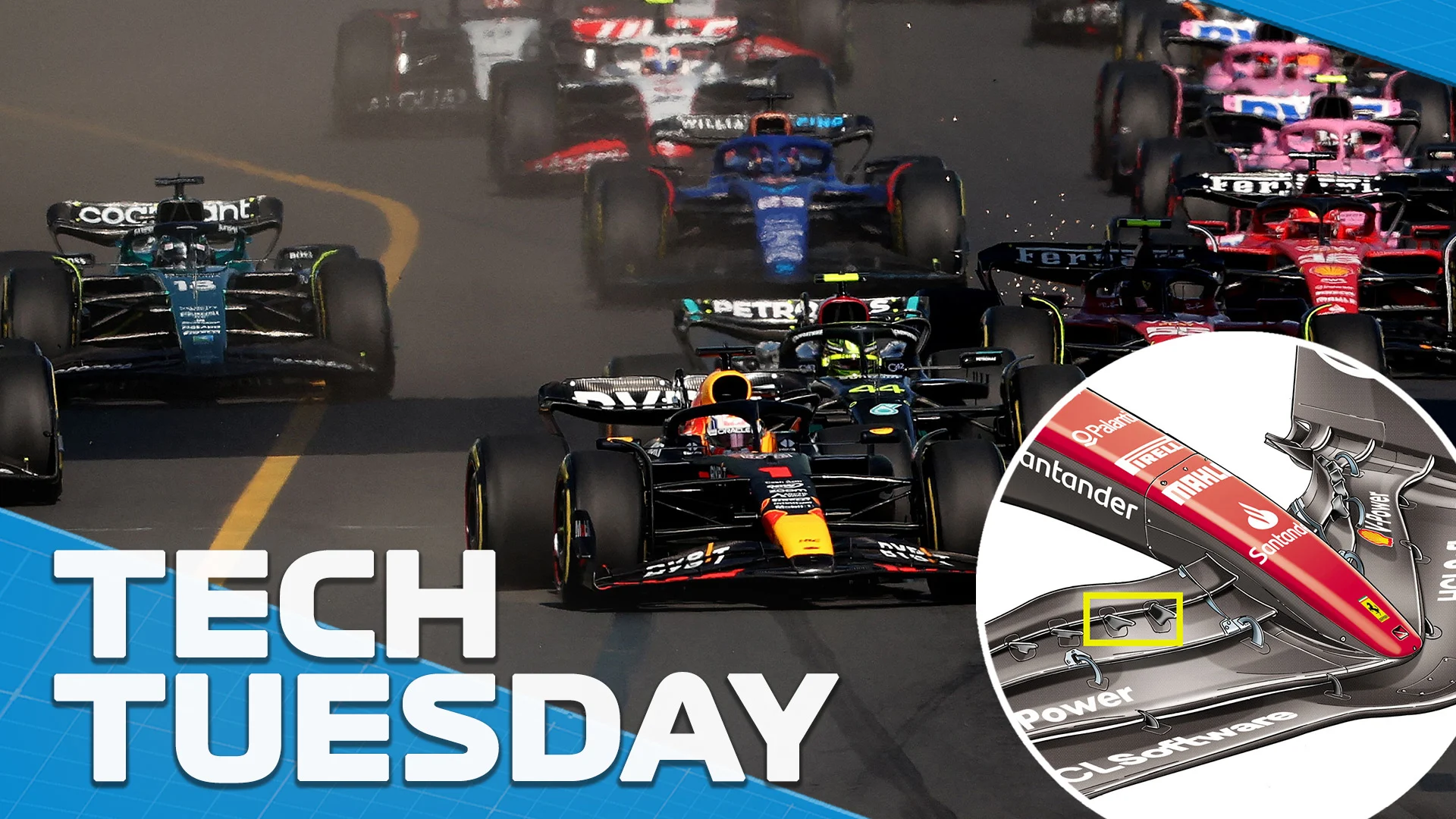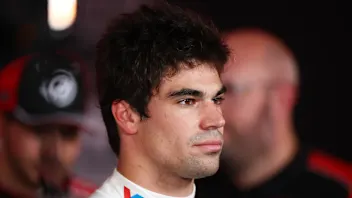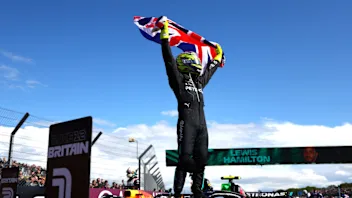TECH TUESDAY: Three ways the teams have tried to claw back performance under F1's radical aero regs


The teams have come up with ingenious but controversial solutions to aero development in 2023. Why have some been outlawed and some allowed by the FIA? F1 technical expert Mark Hughes explains, with illustrations from Giorgio Piola.
Now that the radical new aero regulations of 2022 are maturing, we are beginning to see solutions on the cars which appear to go against the main objective of the regulations – which was to improve the quality of racing on track by making the aerodynamic wake of the car ahead less disruptive for the following car.
Next Up
Related Articles
 Our writers on the best drivers and stories from 2025
Our writers on the best drivers and stories from 2025 Tremayne'Why I’ll always have a soft spot for Sauber'
Tremayne'Why I’ll always have a soft spot for Sauber' ExclusiveHow APXGP was brought to life by costume designer Julian Day
ExclusiveHow APXGP was brought to life by costume designer Julian Day ExclusiveHow Norris made his school teachers ‘enormously proud’
ExclusiveHow Norris made his school teachers ‘enormously proud’ Stroll opens up on 'noise' that has followed him in F1
Stroll opens up on 'noise' that has followed him in F1 Quiz10 quiz questions on British F1 World Champions
Quiz10 quiz questions on British F1 World Champions
